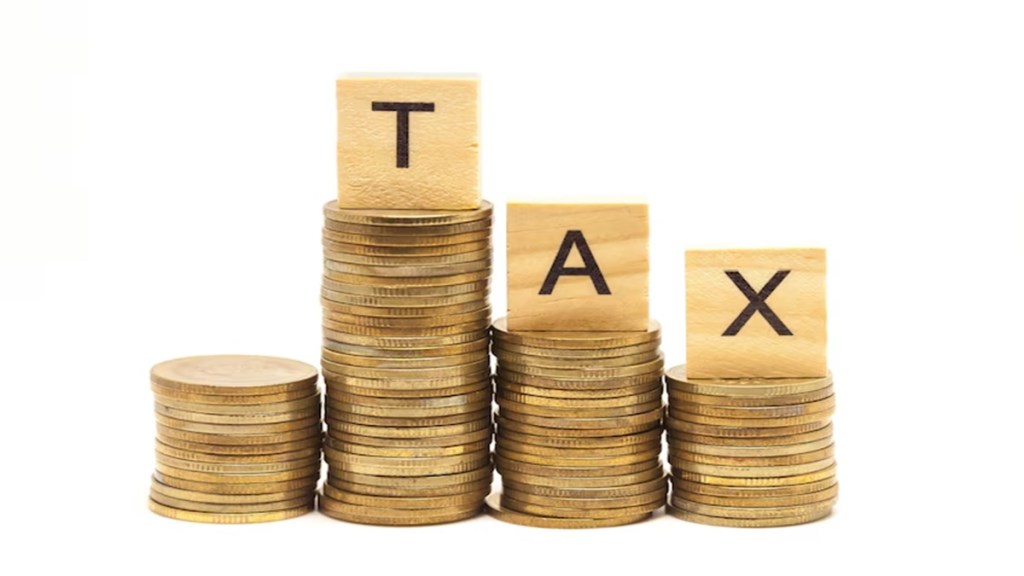– By Shashi Mathews
As the 2025 Union Budget approaches, businesses and stakeholders across India are closely monitoring potential developments in the indirect tax framework. Governments have always turned to tax as a way of shoring up revenue, thereby playing a critical part in fostering economic growth. Among these, more particularly the Goods and Services Tax (GST) stands out as a transformative reform that streamlined India’s taxation system, enhanced compliance, and bolstered the ease of doing business.
Expectation as always is that the government must strike a balance between fostering economic growth while maintaining fiscal discipline, and indirect taxes will undoubtedly be key to achieving this balance. With global economic uncertainties and domestic priorities such as advancing manufacturing, accelerating green energy initiatives, enabling digital transformation, the indirect tax framework must evolve to support these ambitions. The upcoming budget presents a crucial opportunity to refine indirect tax policies, boost revenue generation, and foster inclusive growth, creating a pivotal moment for industries to align their strategies with the expected reforms.
1. Tax Rates
While the GST Council will be deliberating on rationalizing the tax rate structure through the GoM, no substantial changes will be announced in the Budget. However, one may see some rationalizing of tax rates in Customs law. Historically, customs duties have increased for those sectors where manufacturing was taking place in India. However, over the past few years, even those commodities which were not manufactured in India also saw a rise in rates. This was viewed by the Industry as being counter-intuitive. One may only hope and expect that rationalization happens in those sectors where we do not have advanced manufacturing capabilities or raw materials are not available, naturally and thus will have to be imported. The textile and garments industry is urging tariff reductions on raw materials such as polyester and viscose staple fibres, as well as on textile machinery, to bolster local production capabilities. Electronics manufacturers are seeking lower duties on electronic components to strengthen domestic production and reduce reliance on import.
Above mentioned sectors, amongst others, are hopeful that the forthcoming budget will address their concerns by rationalizing customs duties, thereby fostering a more conducive environment for domestic manufacturing and aligning with the “Make in India” initiative.
2. Relief for MSMEs
Micro, Small, and Medium Enterprises (MSMEs) are the backbone of the Indian economy, contributing significantly to employment and GDP. However, these entities often struggle due to limited resources.
MSME’s look forward to introducing measures such as enhanced threshold limits for GST registration and e-invoice compliances, simplified return filing procedures, and increased access to input tax credit (ITC). Such steps would not only ease the compliance burden but also encourage more MSMEs to formalize their operations.
3. Framework to tackle fake invoicing
Among the anticipated reforms to tackle fake invoicing is the formal inclusion of the Invoice Matching System (IMS) into the GST legislation. This system will mandate real-time reconciliation of invoices between suppliers and recipients, ensuring that ITCs are claimed only against genuine transactions. By leveraging technology to seamlessly match transaction data, IMS will minimize discrepancies, reduce fraudulent claims, and enhance transparency. Additionally, the government might impose stricter penalties and AI driven monitoring mechanisms to deter non-compliance. These measures aim to safeguard revenue collection while fostering a fair and robust tax environment for compliant taxpayers.
4. Other industry specific expectations
The industry is expecting a standardisation of GST on all battery technologies at 5%, aligning with the rate for electric vehicles. Currently, lithium-ion batteries/accumulators are taxed at 18% GST, while other accumulators face a higher GST rate. Expectation is that a uniform taxation, without any disparity between different technologies would support the emerging energy storage projects of the renewable energy sector. Additionally, the government backing domestic manufacturers of battery components to bolster the ‘Make in India’ initiative is crucial, especially considering the significant increase in lithium-ion cell imports.
The retail and fashion industry is advocating for lower GST rates on apparel, to make them more affordable and boost sales in smaller cities and towns where people are very price-sensitive. The industry is also expecting an increase in government incentives to support textile production, especially focusing on eco-friendly practices. With more people worldwide choosing sustainable fashion, these steps could help Indian brands compete globally.
Conclusion
Prioritizing critical aspects like rate rationalization, compliance simplification, and a robust mechanism to combat fake invoicing, the government has a unique opportunity to bolster the tax system while fostering economic resilience. By focusing on transparency and reducing compliance burdens, this budget could become a cornerstone in driving sustainable business growth and boosting investor confidence.
As the nation awaits the Budget, there is hope that it balances revenue generation with ease of doing business. A forward-looking approach could not only enhance India’s global competitiveness but also unlock new economic potential, empowering businesses and stakeholders to thrive in a rapidly evolving landscape.
(Shashi Mathews, Partner, IndusLaw.)
(Disclaimer: Views expressed are personal and do not reflect the official position or policy of Financial Express Online. Reproducing this content without permission is prohibited.)

